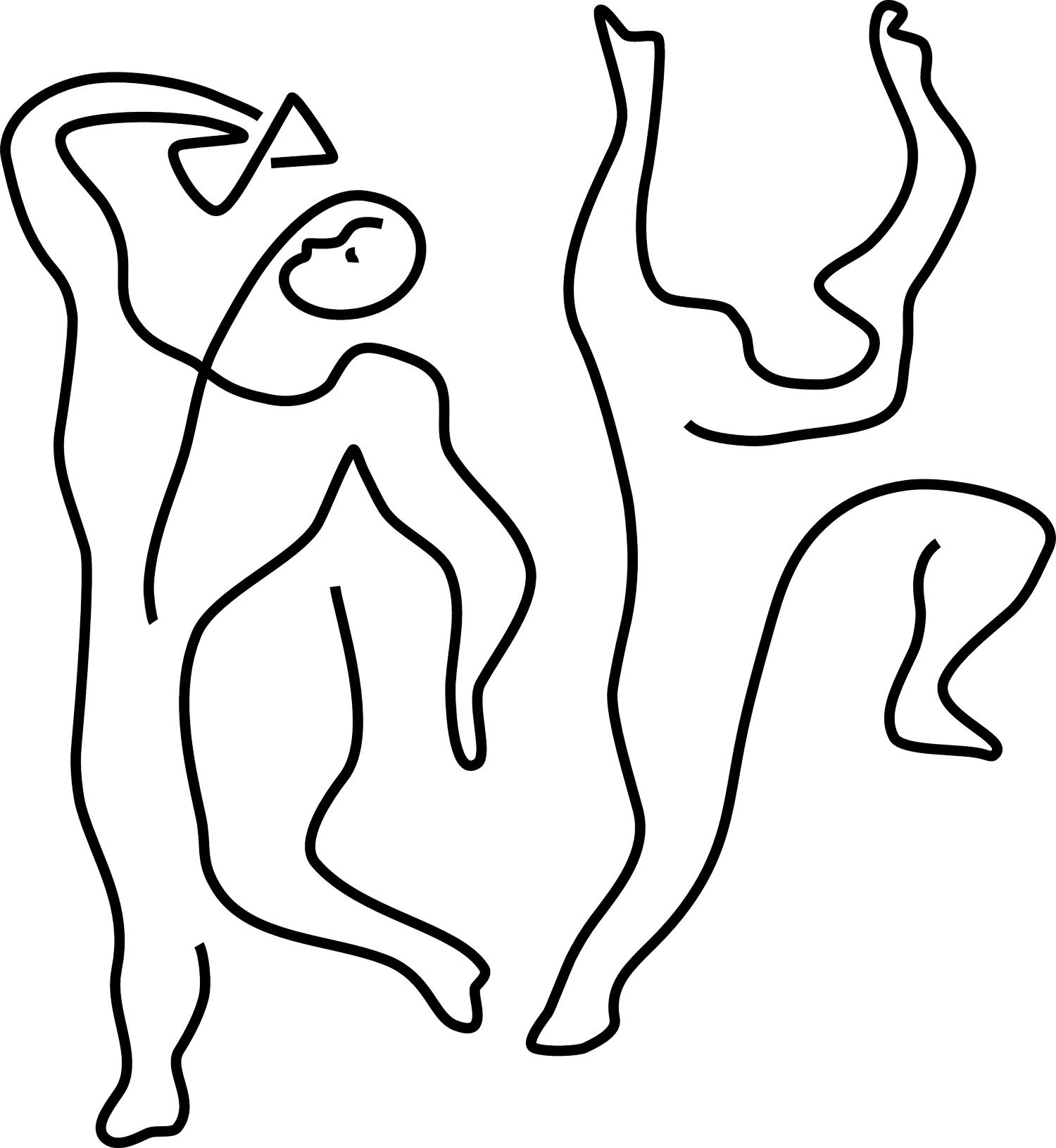
Brewing with French Press
For those who like to chew their coffee.
-
A French press, also known as a cafetière, cafetière à piston, caffettiera a stantuffo, press pot, coffee press, or coffee plunger, is a coffee brewing device, although it can also be used for other tasks. In 1923 Ugo Paolini, an Italian, filed patent documents relating to a tomato juice separator and he developed the idea of making a coffee pot with a press action and a filter. He assigned his 1928 patent to Italian designer Attilio Calimani and Giulio Moneta who filed it in 1929.
Over the years, the French press has undergone several design modifications. The first coffee press, which may have been made in France, was the modern coffee press in its rudimentary form—a metal or cheesecloth screen fitted to a rod that users would press into a pot of hot water and coffee grounds. Two French inventors (Mayer and Delforge) patented in 1852 a forerunner of the French press. A patent was filed by a Frenchman, Marcel-Pierre Paquet dit Jolbert, officially published on August 5, 1924.
A coffee press was patented in the United States by Milanese designer Attilio Calimani in 1929. It underwent several design modifications through Faliero Bondanini, who patented his own version in 1958 and manufactured it in French clarinet factory Martin SA under the brand name Melior. Its popularity may have been aided in 1965 by its use in the Michael Caine film The Ipcress File. The device was further popularized across Europe by British company Household Articles Ltd. and Danish tableware and kitchenware company Bodum.
The modern French press consists of a narrow cylindrical beaker, usually made of glass or clear plastic, equipped with a metal or plastic lid and plunger that fits tightly in the cylinder and has a fine stainless steel wire or nylon mesh filter. (Wikipedia)
-
As with all immersion methods, we need to use more coffee per water.
Use a 1:13 ratio. 1g coffee per 13ml/g water.
Feel free to tweak this, but you’re likely to find the 1:16 ratio used for percolation to be too thin and weak.
-
Coarse. Not Cold Brew coarse. Not the coarsest setting on your grinder, but coarse enough so that the screen filter on your French Press is able to do its job and trap the grinds.
Over the years I’ve gone closer and closer to medium, and everything has been okay.
-
Heat up the carafe first, so that it doesn’t immediately steal heat from the water and your brew.
Then just pour the water you need. No need to bloom here, though you may want to account for that time in your total brew time.
After all the water is poured, start the timer for 4 minutes (this is accounting for what would be a bloom—the last of the CO2 banished from the depths of the coffee grinds so that water can enter).
After a minute or so, give the brewer a gentle swirl or use a spoon to gently submerge the cake of floating grinds so that they too will extract.
Cover the French press with the press part to keep the heat in.
-
After 4 minutes, slowly press the press.
Drink. Enjoy.
-
Too silty? Try using a coarser grind. Also, during the press down, don’t press the whole way down, as this can disturb the bed of grounds that have sunken to the bottom.
Weak or sour cup? Double check your ratio: use a 1:13 ratio. Also, the grind may be too coarse.
Broken your Bodum glass carafe again, like I do every 4 months? You can order replacements, though it can be cheaper to go to TJ Max and just get a cheap knock-off brewer and switch the carafes.

